#james attree
Explore tagged Tumblr posts
Photo

By James Attree
Siena, Tuscany, Italy
36 notes
·
View notes
Photo

The shorter man’s hand shot out, making James flinch back. “Hi, I’m Percy!”
James cleared his throat, calming himself down as he shook Percy’s hand. “James. James Attree.”
“So your surname’s spelled like…’a tree’?” Percy laughed.
James didn’t find it as amusing, but he gave a small smile nonetheless. Percy stared at James. “What’re you looking at?” James shifted uncomfortably.
“You’ve the saddest eyes I’ve ever seen.”
James was taken aback; he didn’t think he had given anything away in his neutral expression. “I’m perfectly fine, excuse me.”
“Are you hiding something?” Percy didn’t like prying too much, but there was a certain air about this man. “There’s something bothering you.”
“Yes, and it’s you. Now, let me do my job.” James angrily shoved past Percy towards the sheds, grumbling to himself. “First day on the job and he’s already psychoanalysing us…”
#thomas and friends#ttte#ttte james#ttte percy#ttte humanized#✍🐇#tidbits#UtE AU#i already wrote this months ago on discord so#let's put that to use
77 notes
·
View notes
Text
Architectural Photography Research, 10 Architecture Images

Judges Overall Winner: Liu Xinghao with this photograph of holidays during the COVID-19 pandemic in Chongqing City, China by Safdie Architects

World Architecture Festival (WAF) Delegates Overall Winner: Tan Xiao with this photograph of Times Pavilion in Guangzhou by SANGU Design.

Overall winner: Laurian Ghinitoiu’s photo of the Twist Museum, Kistefos Sculpture Park, Jevnaker, Norway by Bjarke Ingels Group

Overall winner: Terrence Zhang from China's photo of the the Swimming Pool of the New Campus of Tianjin University, China by Atelier Li Xinggang

Sense of Place category winner: Tom Roe from the UK's photo of the Messner Mountain Museum Corones, Bolzano, South Tyrol in Italy by Zaha Hadid Architects

Exterior category winner: Adam Letch from South Africa's photo of a chapel built on Bosjes farm in Ceres, Cape Town by Steyn Studio

Twist Museum by Bjarke Ingels Group – Photo by Laurian Ghinitoiu.

Rasmus Hjortshøj

Rasmus Hjortshøj
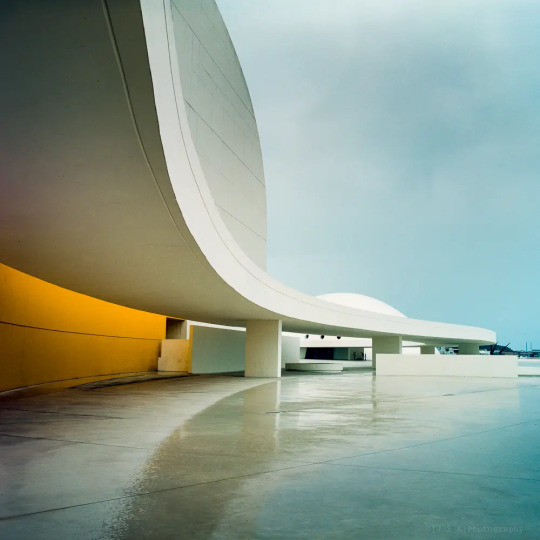
James Attree
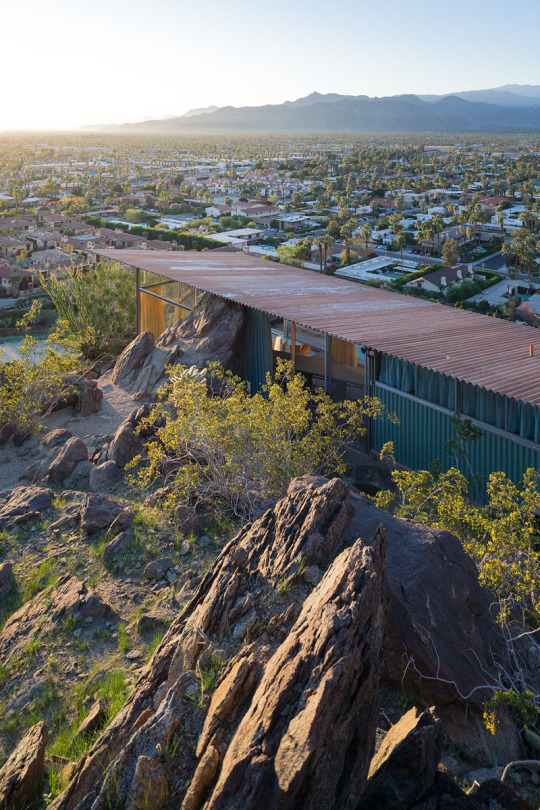
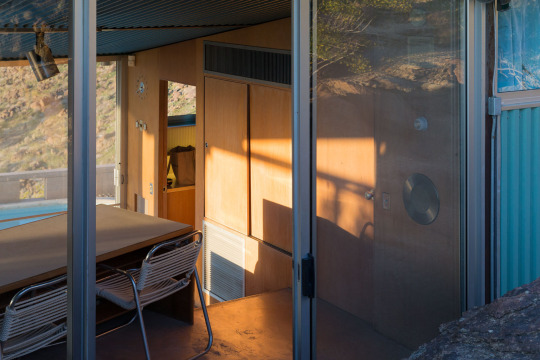

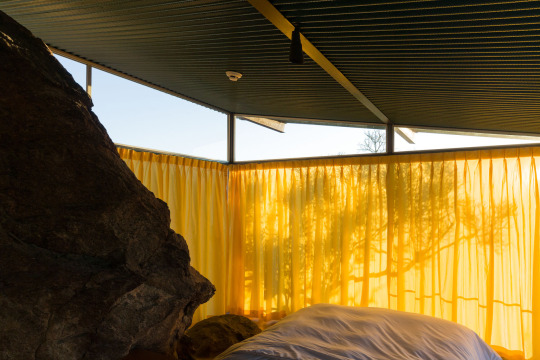
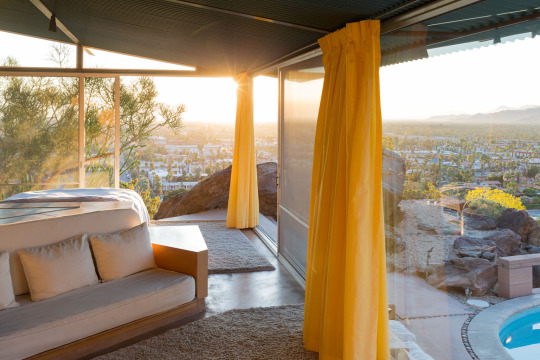
Above images Iwan Baan
7 notes
·
View notes
Text
Monochrome Evaluation
What was the project theme and what did you think of it?
- The project theme was monochrome. This meant working with an analogue camera, the processing and developing the negatives and creating final prints.
What part of the project did you enjoy the most/found most interesting (making the photographs? Optimising images? printing?)
- The most enjoyable part of the analogue photography was taking the photographs. I enjoyed taking the photographs the most because I felt like I appreciated what I was photographing more, as you are not able to see the image once you have taken it like a Digital SLR.
What new techniques have you experienced?
- I have experienced how to create contact sheets and final prints. I have learned how to get the correct exposure and grade for a specific photograph. I cut test strips and used them to test different exposure times., this helped me get the correct exposure for each final image.
What technique would you like to develop further?
- I would like to develop on dodging and burning as I did not have much of a change to do it. I would also like to further develop sandwich printing, by putting two negatives together, one up right and the other up-side down.
Which photographers did you research throughout this project?
- I researched Henri-Cartier Bresson, Ansel Adams, Clyde butcher and James Attree. Each of these photographers are different. Henri-Cartier Bresson is a portrait photographer. Ansel Adams is a landscape photographer, Clyde butcher is also a landscape photographer. The last photographer was James Attree, who is an architectural photographer.
How have they influenced your photographs?
- Each photographer i researched used natural light. This created contrast in the images. With the landscape photographer their compositions also influenced me, this helped me take into consideration the rule of thirds.
Which technique did you enjoy the most?
- I enjoyed changing the grade the most, in one of my final prints it was exposed for 16 seconds at grade 2, which made it very grey. I then increased the grade and lowered the seconds to 14. Once i done that the writing within the image went very black but the rest of the image was whiter.
What do you feel is the most successful part of your project and why?
- I believe the most successful part of my project was processing of the film, as i got clear images each time i processed my negatives.
Did you encounter any problems in your project?
- The problems i encountered were in the darkroom. Each time i made a final print there was several dust marks and some were not able to come off. This made me realize i need to keep care of my negatives and use a blower brush each time i put a negative into the carrier.
How did you learn from them and how did they affect your final images?
- I learned that you need to check your negatives for dust before proceeding to do a final print, as it will show on them. i had to re-do my final prints as they were not to the standard i wanted.
What would you do differently given the chance to complete the project again?
- When processing the rolls of film i would put two in the tank at a time, as this saves more time. I would also get all of the processing done first then move to the darkroom so I'm not going back and forth.
Discuss any technical issues with your final images? (Focus, sharpness, exposure, highlight/shadow detail)
- With one of my finals images, there was a very good contrast between the subject and the background but the image was not sharp, this meant i could not get a final print out of that roll. When i tried a final print, you can see the image is too soft.
3 notes
·
View notes
Video
HongKong Lines by James Attree
#35mm#Analog#B&W#Black and White#China#Fuji Neopan Acros 100#Hong Kong#Minolta CLE Rangefinder#Monochrome#Rodinal 1:50#filmisnotdead#grainisgood#ishootfilm
20 notes
·
View notes
Photo
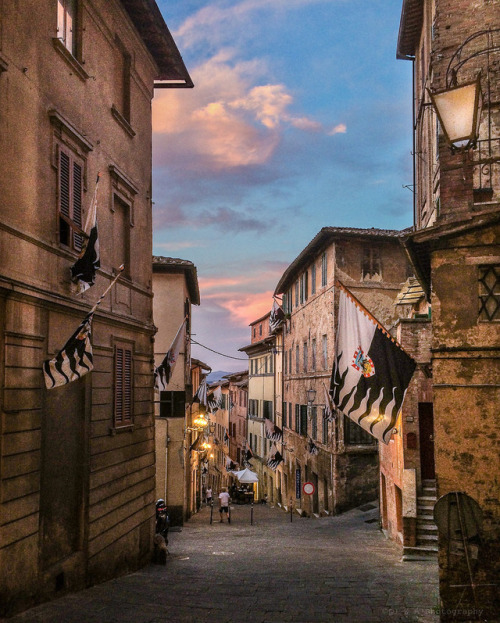
Siena, Italy (by James Attree) / http://picstreet.fr
1 note
·
View note
Video
Red Concrete: National Theatre, Sir Denys Lasdun by James Attree
23 notes
·
View notes
Photo

Alexandra and Ainsworth Estate, Camden, Neave Brown, 1968
BREAKING AND ENTERING (2006)
It’s not Anthony Minghella’s best film, but it may be of interest to some for its architecture/urban design theme, North London locations, and a strong cast including Robin Wright, Juliette Binoche and Jude Law. The latter plays a Kings Cross-based Landscape Architect immersed in a local regeneration project, and the film explores themes relating to gentrification and multi-cultralism. (Photo: James Attree on Flickr)
39 notes
·
View notes
Photo

London lights (byJames Attree)
1K notes
·
View notes
Text
SW Filmathon Thing: week #1 films Drama (set 1 of 3)
SW Filmathon Thing: week #1 films Drama (set 1 of 3)
Each film featured here has been watched by four of the following judges – Our thanks to them all for taking the time to watch some great work made by South West based filmmakers – 112 films were sent in all together!
(more…)
View On WordPress
#Andy Robinson#Benjamin Akira Tallamy#Charlie Coldfield#Christian Attree#Dom Lee#Dominic Deane#Emlia Copeland#filmathon#Grace Fox#Harry Tomlin#James Ellis Deakins#Jamie Milligan#Karen ?Turner#lee morgan#Paul Westwood#Philip Alexander Baker#Roger Deakins#Rory Wilton#South West Filmathon Thing#Tom Turner
0 notes
Text
starting third year
05/10/18
wednesday 3rd october 2018
dissertation talks:
re-enrole on moodle (key-reflect)
module guide contextual studies year 3
illustrated dissertation-just show photographers work
*form RE1- HE student portal area-fill in form before starting dissertation and give back to tutor to sign
put figure 1 ( eg Fig.1) not put image above not professional
look at higher education student handbook
proposal hand in moodle 500 words worth 10%
hand in proposal - 31/10/18 - marked
hand in draft- 09/01/19 -try and do 2/3 - not marked
hand in dissertation - 27/02/19 - marked worth 90% 6,000 words look at module guide before hand in
use Chicago system
will hear of mark and feedback a month after hand in
think in chapters:
intro- 10% word count - what ,how,why,who,when
chapter 1 - 26% word count
chapter 2 - 26% word count
chapter 3 - 26% word count
conclusion - 10% word count - bring together all chapters, reiterate the key points and arguments.
your dissertation needs to demonstrate:
evidence of clear analysis and an ability to think critically. you need to interpret art and design. you not merely describe it. make us see the topic differently.
effective use of quotations, referencing, bibliography, etc, that supports your argument
a good use of english
evidence that your topic has been thoroughly researched
clarity of the overall argument- will we understand whats it all about? is there a point to it all? why should we care?
a coherent structure. build up your argument
how to write paragraphs and avoid a ‘stream of consciousness’…
each paragraph must have a central idea or theme
every sentence in the paragraph must relate to the central idea or theme
every sentence in the paragraph should be a mini conclusion, that round it off
the last sentence of one paragraph should connect with the first sentence of the next
italics and titles
italics are used for the title of all books, journals, plays, longer poems, pamphlets and any other entire published works
generally, quotations should not be written in italics. instead be in quotation marks. copy quote exactly with emphasis and english used
longer quotations can be presented in a separate paragraphs that are indented more deeply from your own paragraphs.
long quotations margins to 1.27cm left and right with no quotation marks
my tutors suggestions:
look into:
Maggie Ivyson
network _ Malcom Costells
James Bidle- technology
monday 1st october 2018
a description as to what i think my dissertation is going to be about:
its going to be about analogue vs digital exploring the positives an negative on both sides and also how colour or the lack of effects how people see it. along with how modern day item (instagram etc) effect the meaning of the images or reduces them for analogue and digital.
but may change or divert another way.
sunday 30th september 2018
starting looking into my pecha kucha presentation i started looking at people who inspire me to include in my presentation i used @nikelasporter and @_vikiking as i liked there work found them from my research for my dissertation and found James Attree as i looked to see any photographers that use analogue and their subject is architecture.
0 notes
Video
In the Blink of an Eye por James Attree Por Flickr: London Aquatic Centre, QEOP; Zaha Hadid
#Nightime#Dusk#Twilight#Long Exposure#LE#Light Trails#B&W#Blackandwhite#White#Monochrome#Film#Analog#Kodak T-Max 100#HC110 (B)#EI 100#London Aquatic Centre#QEOP#Zaha Hadid#London Olympics#2012#Arca Swiss Misura#5x4#4x5#Large Format#LF#Rodenstock#Grandagon-N 75mm#JZA Photography
0 notes
Photo

Rough Edges - No. 1
Artist - James Attree
#Art #Abstract #Acrylic #Grey
0 notes
Video
Repetition by James Attree Waterloo Station, L&SWR 1922
#Waterloo Station#Arca Swiss Misura#Schneider#Super Angulon XL 72mm#5x4#4x5#Large Format#LF#B&W#Black and White#Monochrome#Film#Analog#Fuji Neopan Acros 100#Rodinal 1:50#EI 80#Dusk#Twilight#Cityscape#Long Exposure#LE#film:brand=Fuji#film:name=Fuji Neopan Acros 100#film:iso=80#developer:brand=Agfa#developer:name=Agfa Rodinal#London#L&SWR#Taxi#Light Trails
7 notes
·
View notes
Video
A Moment of Hope by James Attree Via Flickr: Luskentyre Beach
10 notes
·
View notes
Video
Sissinghurst Castle, Weald of Kent, England. by James Attree See more photos of Sissinghurst at: www.attree.co.uk/Sissinghurst
4 notes
·
View notes




